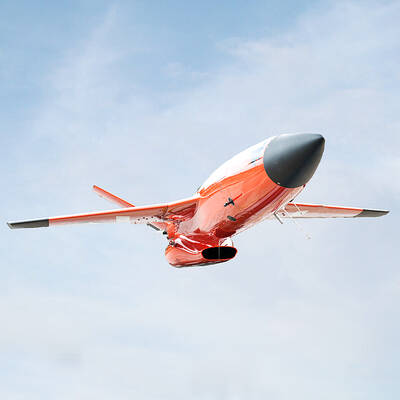The world’s largest miners are pushing ahead with iron ore price negotiations with Japan while leaving their biggest customer, China, out in the cold, a report said yesterday.
The world’s top three iron ore producers — Brazil’s Vale and Anglo-Australian companies Rio Tinto and BHP Billiton — have sidelined Beijing from annual talks to set a benchmark contract price, the Financial Times said.
The companies plan to present a “take it or leave it” price to Chinese steel mills once negotiations with Japan are complete, it said.
“As far as I am concerned, they [Chinese negotiators] could come over to Australia if they want to talk,” an unnamed executive told the paper.
The report comes one day after Chinese authorities said they had concluded a commercial espionage probe relating to Rio Tinto executive Stern Hu (胡士泰), but gave no indication of whether the Australian passport-holder would face trial.
Hu and three other Rio employees were arrested in Shanghai in July during last year’s iron-ore talks, prompting concerns within the industry about dealing with China.
BHP Billiton and Rio refused to comment on the article.
“We never discuss or provide commentary on pricing discussions,” a spokesman for Rio said.
Japan’s two largest steelmakers, Nippon Steel and JFE Steel, also refrained from commenting.
“Since it’s a matter of negotiations among private firms, we are not in a position to comment,” a spokesman for JFE Steel said.
Annual iron ore pricing negotiations traditionally begin with Japan around November and take place alongside similar negotiations with China.

CROSS-STRAIT COLLABORATION: The new KMT chairwoman expressed interest in meeting the Chinese president from the start, but she’ll have to pay to get in Beijing allegedly agreed to let Chinese Nationalist Party (KMT) Chairwoman Cheng Li-wun (鄭麗文) meet with Chinese President Xi Jinping (習近平) around the Lunar New Year holiday next year on three conditions, including that the KMT block Taiwan’s arms purchases, a source said yesterday. Cheng has expressed interest in meeting Xi since she won the KMT’s chairmanship election in October. A source, speaking on condition of anonymity, said a consensus on a meeting was allegedly reached after two KMT vice chairmen visited China’s Taiwan Affairs Office Director Song Tao (宋濤) in China last month. Beijing allegedly gave the KMT three conditions it had to

STAYING ALERT: China this week deployed its largest maritime show of force to date in the region, prompting concern in Taipei and Tokyo, which Beijing has brushed off Deterring conflict over Taiwan is a priority, the White House said in its National Security Strategy published yesterday, which also called on Japan and South Korea to increase their defense spending to help protect the first island chain. Taiwan is strategically positioned between Northeast and Southeast Asia, and provides direct access to the second island chain, with one-third of global shipping passing through the South China Sea, the report said. Given the implications for the US economy, along with Taiwan’s dominance in semiconductors, “deterring a conflict over Taiwan, ideally by preserving military overmatch, is a priority,” it said. However, the strategy also reiterated

‘BALANCE OF POWER’: Hegseth said that the US did not want to ‘strangle’ China, but to ensure that none of Washington’s allies would be vulnerable to military aggression Washington has no intention of changing the “status quo” in the Taiwan Strait, US Secretary of Defense Pete Hegseth said on Saturday, adding that one of the US military’s main priorities is to deter China “through strength, not through confrontation.” Speaking at the annual Reagan National Defense Forum in Simi Valley, California, Hegseth outlined the US Department of Defense’s priorities under US President Donald Trump. “First, defending the US homeland and our hemisphere. Second, deterring China through strength, not confrontation. Third, increased burden sharing for us, allies and partners. And fourth, supercharging the US defense industrial base,” he said. US-China relations under

The Chien Feng IV (勁蜂, Mighty Hornet) loitering munition is on track to enter flight tests next month in connection with potential adoption by Taiwanese and US armed forces, a government source said yesterday. The kamikaze drone, which boasts a range of 1,000km, debuted at the Taipei Aerospace and Defense Technology Exhibition in September, the official said on condition of anonymity. The Chungshan Institute of Science and Technology and US-based Kratos Defense jointly developed the platform by leveraging the engine and airframe of the latter’s MQM-178 Firejet target drone, they said. The uncrewed aerial vehicle is designed to utilize an artificial intelligence computer